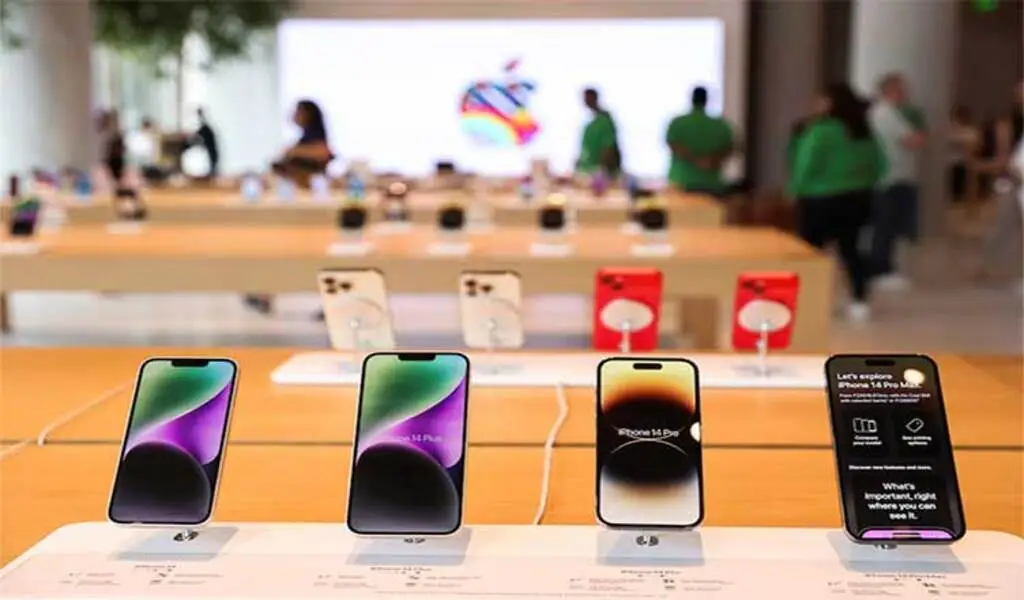Tech
iPhone 16 Design Details and New Features Revealed in Leak

(CTN News) – The design of the next iPhone 16 and iPhone 16 Pro has been revealed through mock leaks, prompting case makers to adjust accordingly.
Leaker Sonny Dickson shared an image on X that shows the iPhone 16 and iPhone 16 Pro Max in matching cases. Aside from the standard cutout in the cases’ bodies for the cameras, there is another weirdly placed cutout on their right flanks.
The Capture button, a supposed new feature of the iPhone 16s, allows users to focus and take images and videos without using on-screen controls in the Camera app.
The button is pressure-sensitive and requires a finger contract to function. As a result, cases cannot cover these buttons without rendering them unusable, thus the cutout.
The Capture button is expected to be located in the same location as the mmWave 5G antenna on existing devices. It’s likely that this cutout is solely for connectivity purposes, and that the reports concerning the Capture button are false.

iPhone 16 Rumors: File Image
Stay Updated on iPhone 16 Rumors
Furthermore, as commentators on Dickson’s article point out, the iPhone 16 lacks a visible flash, indicating that these cases are unlikely to be final products, even if they are otherwise accurate.
Another notable iPhone 16 difference evident in this dummy/case combo is the vertically placed cameras on the standard iPhone 16. This is likely to enable the phone to capture spatial video, similar to the Pro models, which can then be seen with an AR/VR headset like the Vision Pro.
Apple’s September launch window for iPhones is still a while off, but you can find all the rumors so far in our iPhone 16, iPhone 16 Pro, and iPhone 16 Pro Max hubs. And we will keep you updated until their expected announcement this fall.






































